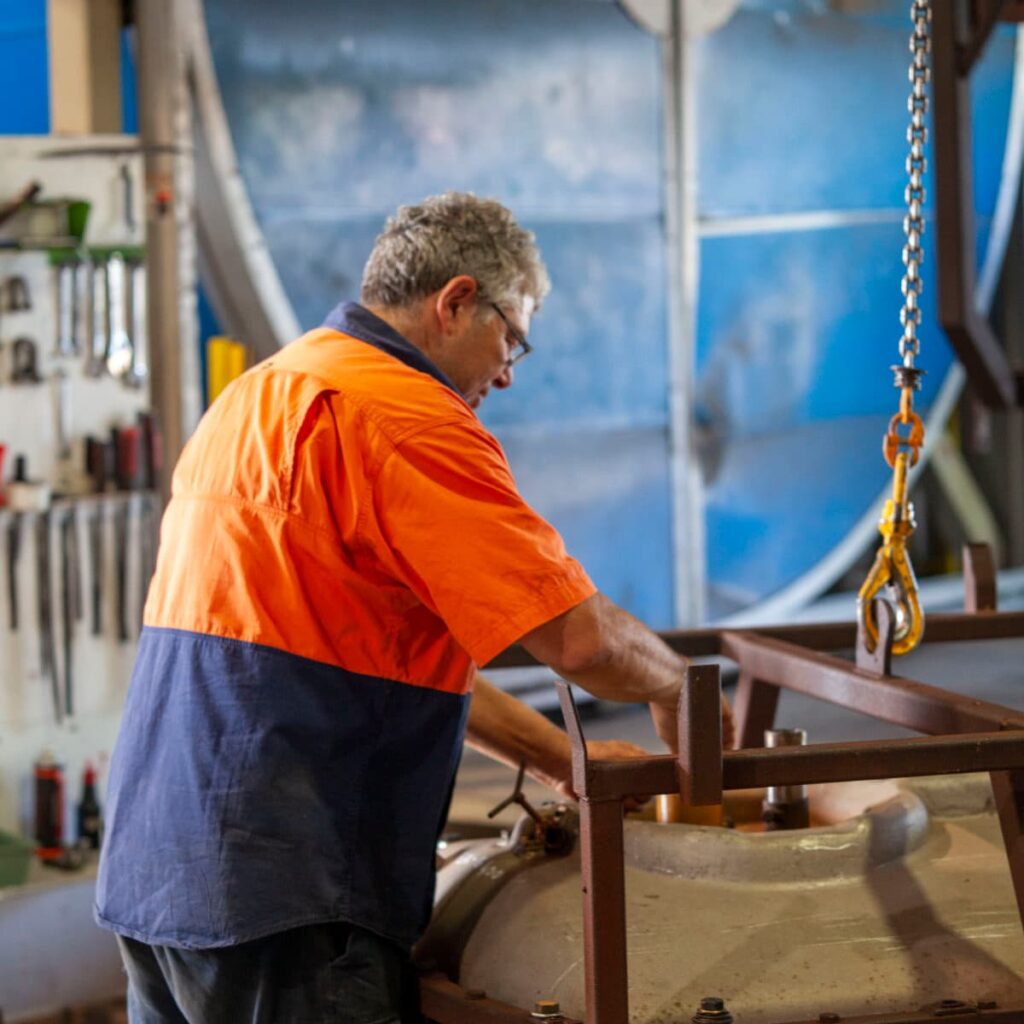Tag: Queensland farmers
Home / Queensland farmers
Local Farmers Feel Stung by John Deer Using Their Data
John Deer has advised Australian farmers to take advantage of the metrics they have available. Now that digital agriculture has become more prevalent in Australia,
Best Images of Rural Australia 2020
The new year has come, and most Aussies can agree that it was great to wave off 2020. Wildfires, a global pandemic, drought and plenty
How Poly Tanks Help During a National Pandemic
With panic buyers consistently raiding the shelves of supermarkets out of fear over the COVID-19 pandemic, we are once again reminded of the important role

